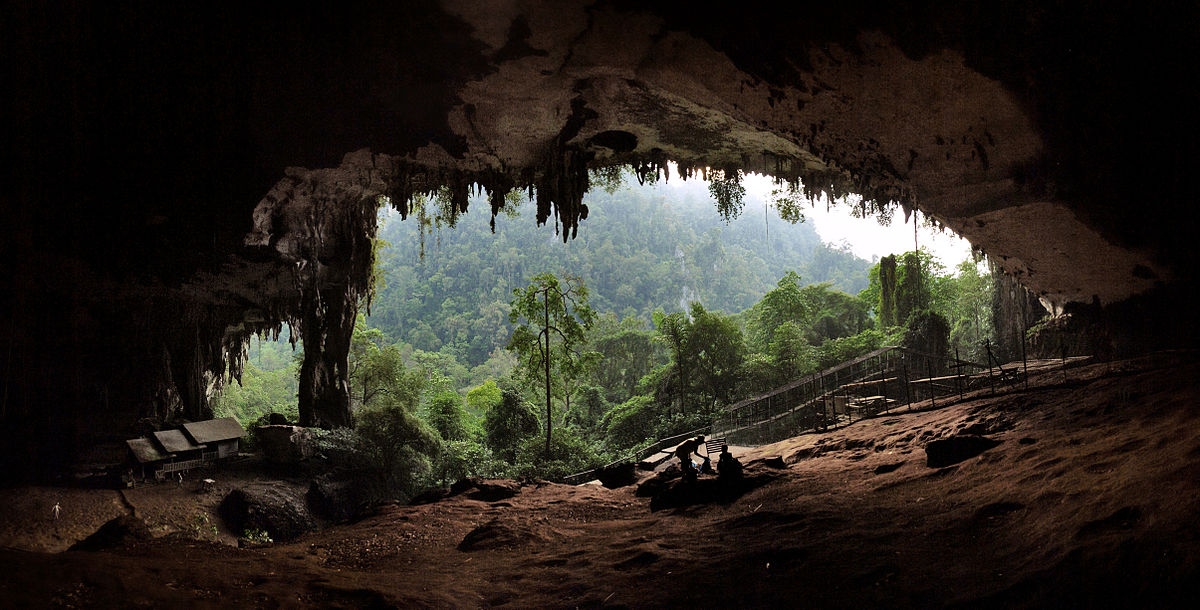Over hundreds of thousands of years, erosion and other geological forces have carved out one of the largest, most intricate cave systems on earth. Deep within Borneo’s caves, water and dissolved limestone form otherworldly formations of rock. These formations take an eternity to form — only a half inch of new rock is added with each passing century.

The Mulu Caves locally known as the caves of Gunung Mulu, are the crowning glory of Sarawak’s national parks and contain the largest limestone cave system in the world. Mulu’s system of caves is truly spectacular. The caves which are open for public inspection include the world’s largest natural chamber (Sarawak Chamber), the world’s largest cave passage (Deer Cave) and the longest cave in South-East Asia (Clearwater Cave).
The Niah Caves are located close to the coast a couple of hours South of Miri. They are the sight of the earliest habitation by man in South-East Asia some 40 000 years ago. At the rear of the main cave is the smaller painted cave with its 1000 year old rock paintings of small canoe-like boats, which were possibly used as coffins, which indicates that the cave was probably used as a burial ground. Niah also supports birds nest collectors who climb up spindly scaffolding and poles to reach the roof of the cave some 50 metres above the floor to collect the edible white birds nests formed by swiftlets which live in the cave, and which are used in the famous Chinese dish – “birds nest soup”.
The Gomantong Caves are located in Sabah and are easily accessible from Sandakan and Sukau (Kinabatangan).
Long abandoned by their human inhabitants, who lived here thousands of years ago, Borneo’s caves support varied, unusual forms of life.
Birds nest
Cave swiftlets, small, flitting birds, navigate through the darkness using sonar. They come to rest on the cave’s walls, where they construct nests out of their own spittle. The birds saliva is perfect for sticking to the cave wall, and it dries rock hard on contact with the air. Even so, it may take two months of work before a pair of swiftlets complete their nest and are ready to breed.
Unfortunately for the swiftlets, their nests are a Chinese delicacy, and reputedly, an aphrodisiac. Some 16 million of the birds’ nests are harvested and exported for nearly a billion dollars each year, making this the most lucrative wildlife trade in the world.
Swiftlets are not the only cave dwellers that use sonar. Bats, which comprise a huge percentage of all mammal species in Borneo, also find their way around through echolocation. A bat emits a high pitched sound through its mouth or nose, and based on the pattern of echos that return, its brain creates an image of the surrounding environment. This incredible adaptation allows the bats to catch their insect prey without ever seeing it.
In some caves, bat populations number in the millions. When it’s time to feed, a bat colony can take nearly an hour to empty out into the darkening forest.
Cockroaches, crickets and other invertebrates populate caves by the millions. Inadvertently, these insects keep the floor of the caverns clean, feeding on every available organism, and leaving nothing to waste.
 Caves? Please Vote!
Caves? Please Vote!


